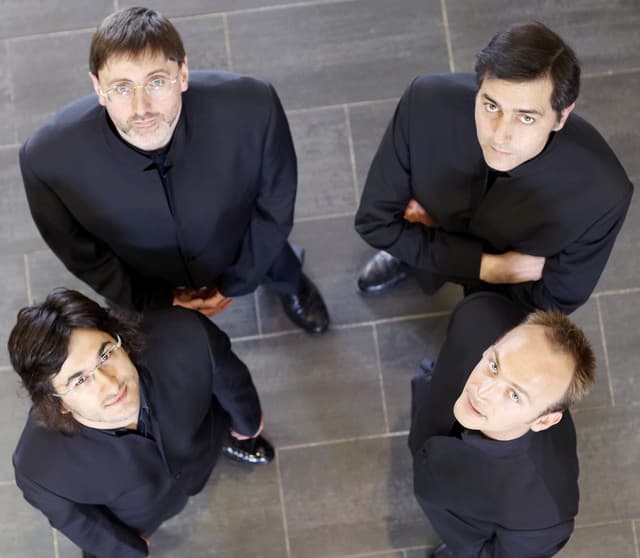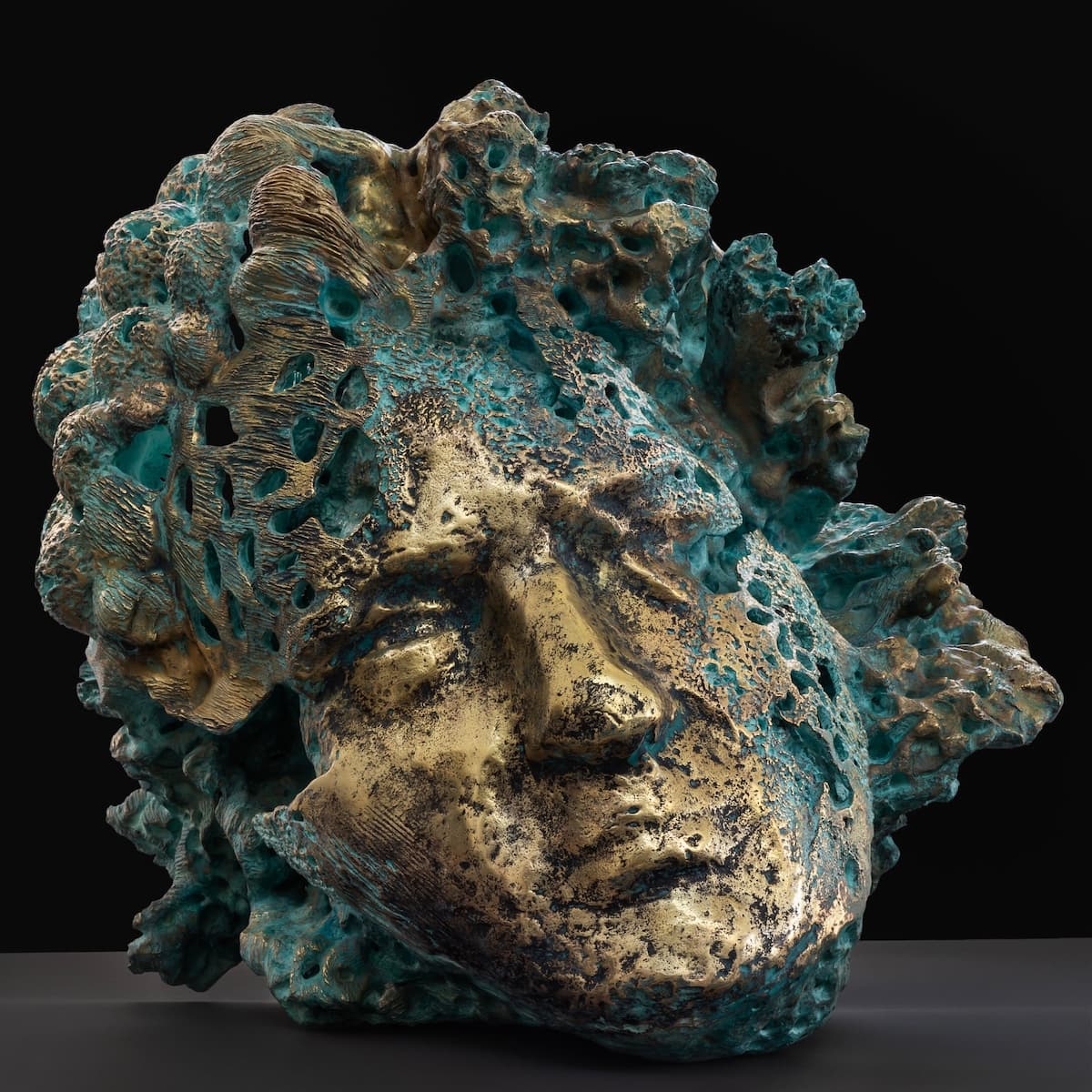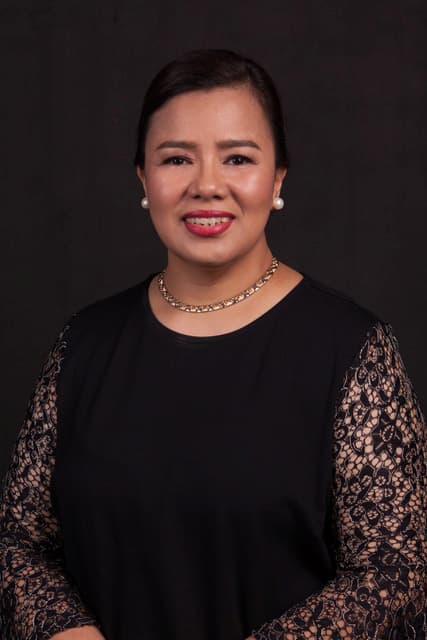Dr. Leah Claiborne, a pianist, scholar, and educator, advocates for seeking diversity and introducing and promoting piano music by black composers through her performances, research, and teaching. She is an Assistant Professor of Music at the University of the District of Columbia. Recently, she published two volumes of “Piano Music of Black Composer” under Hal Leonard Publication. These two volumes are exceptionally dedicated to piano beginners, and the pieces range from composers from the 18th century to the present. In this interview, Dr. Claiborne shares the joy, inspiration, and hope for this new publication.
Go Tell It on the Mountain
What inspired you to publish Piano Music of Black Composer?
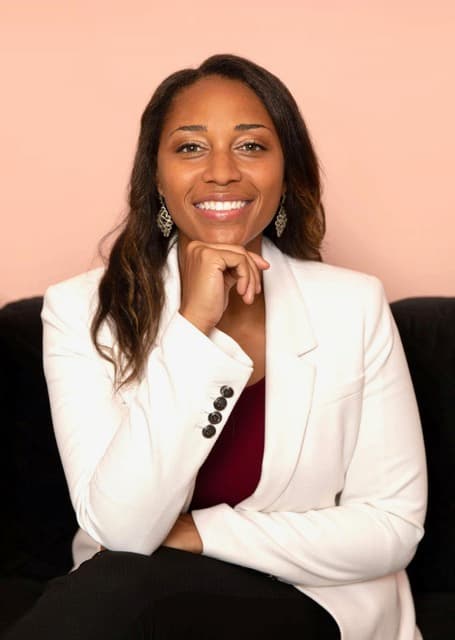
Leah Claiborne
I think about myself in very different stages of growing up and being on this journey of piano study, performance, and teaching; I so wish I had piano music by black composers from day one. It would have made a huge difference in my outlook on classical music and what it can look like or sound like on a concert stage. But I didn’t have that. Even though I didn’t have that, I feel incredibly grateful for the teachers that I had, and they were absolutely amazing. But I always wondered what it would have been like if I did have this music because I think I would have found it would have made me feel that I belong and deserve to be in this field earlier on instead of having to convince myself later on in my journey so that was my inspiration for it. It was my inspiration when I just started off the piano, but then also all of my other students who I teach now who are aware that there’s so much music out there by diverse composers.
How long did it take you from start to publish?
There is a research part of it, which is essentially my dissertation work that I did between 2014 and 2017. When the dissertation was done in 2018, I didn’t know what to do with it, but I felt very strongly about wanting to make sure this music was available in some capacity. Then, I just started knocking on doors for different publishers. I also worked alongside another incredible pianist, Desireé González-Miller, who’s out in Utah. She did her dissertation work on Mexican composers. We put our heads together, and we approached Hal Leonard with this idea of a series starting with black composers and another with Mexican composers. Desireé and I wanted to ensure that our publications include a tremendous amount of diversity. Within my area, it is over 300 years of representation of black composers. It is varied by gender and style, whether jazz influence or classical-like. So, there is a scope of diversity even within the black composers in the two-volume book. Then, our young people can get that understanding from the very beginning.
The books seem to get good feedback from the piano teacher’s community. Would you like to share the biggest comment you have received so far?
You never know exactly how it’s going to be received. I’m just very grateful for the piano teaching community that they’ve really embraced it, and it’s been good feedback, so I’m very, very happy. The biggest comment I’ve received is that the teachers have been grateful that there is material at the earliest stages of piano. With these two volumes published, teachers can now use black composers’ music for the beginning level. They can find material in the books even when students are just starting to read notation or teaching by rote.
Were there challenges when you were looking for these pieces?
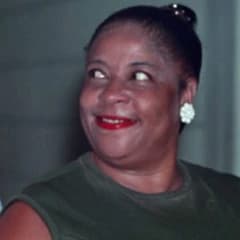
Blanche Thomas
It was very challenging. The biggest challenge would be the copyrights. I’m so grateful to be able to work with Hal Leonard. It was very helpful to work with such a big publishing company with global partnerships to secure the rights of these composers.
One of the composers represented in the book is Blanche Thomas (1922 –1977). She is really important to be included in this collection. However, her music had been out of print for so long, so that’s a challenge. There is a lot of groundwork to get permission to play this music.
In the first volume, there are a few pieces you wrote. What was the inspiration for writing the pieces?
The Unsung
I’ll talk about one of my pieces on The Unsung. It was inspired by one of my students who needed help with chords in the left hand going from 1 chord to A5 chord. I’m not a composer, but teachers know their students better than anyone and any method book. So, I want to challenge myself and create a piece that only uses finger one and finger five with a beautiful melody. This allowed her to gain this technique of playing a 1-5-1-5 pattern back and forth while she had this contemplative singing tone. There are also moments where the left hand has to share or pass the melody very briefly from one hand to the next, and we don’t often see that technique at this young age. However, it’s such an important skill to think about and listen to, even for young students.
Learn about or purchase the book:
Level 1
Level 2
Learn more about Dr. Leah Claiborne
For more of the best in classical music, sign up for our E-Newsletter

